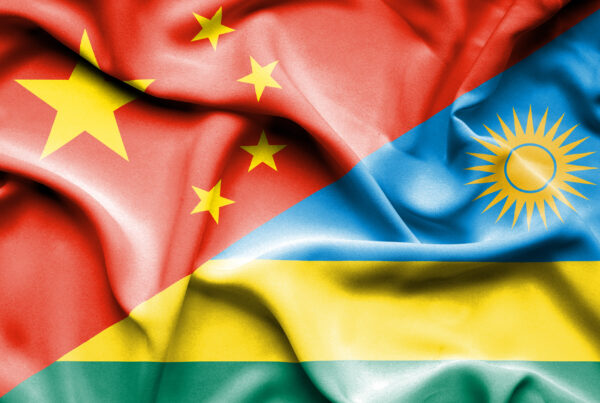Part 2 of CIRA China analyst John Chen’s analysis of PLA downsizing assesses the PLA’s ability to carry out a force reduction from 2.3 to 2.0 million (about 11 percent of total PLA strength) by the end of 2017. Can national level or local governments and state-owned enterprises (SOEs) find jobs for all the downsized personnel entitled to an equivalent civilian government or SOE position? Has the central government allocated enough resources to pay legally mandated benefits and pensions? Most importantly, will sending a large percentage of downsized personnel back to their home provinces have a negative impact on social stability?
Current conditions in China exacerbate the challenges of executing the force reduction. After decades of rapid growth, China’s economy is slowing to a “new normal” of 6–7 percent growth (The World Bank, August 11). The government is embarking on “structural reforms” to reduce overcapacity in the steel and coal sectors, potentially shedding millions of jobs, many in the economically depressed Northeastern rust belt (Xinhua, July 11). These circumstances will complicate efforts to implement the current and any future PLA force reductions, and the contours of the actual downsizing could aggravate tensions between local governments and the PLA. However, the troop reduction is unlikely to generate a “perfect storm” of social instability that could immediately threaten Communist Party rule.
To read more, see: https://jamestown.org/program/downsizing-pla-part-2-military-discharge-resettlement-policy-past-present/




